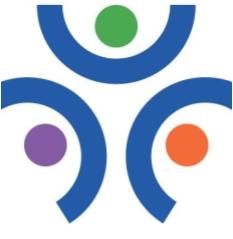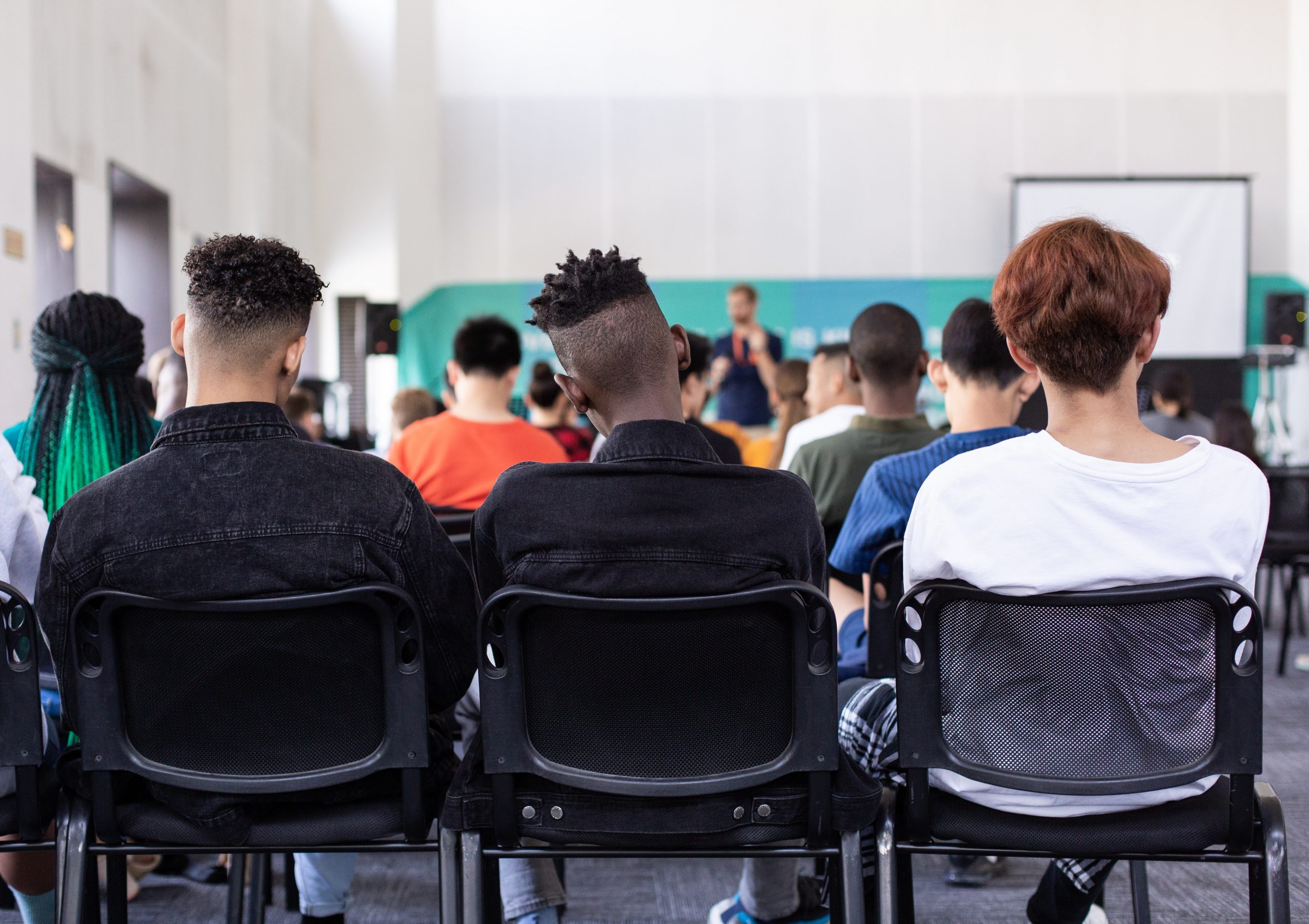Compared to 20 or 30 years ago, it seems as though there is more discussion about neurodiversity than ever before. This is helpful and empowering for educators, parents, and students alike, as there are far more resources available that can be used in and outside of the classroom.
Students with ADHD and dyslexia need not be left behind and forced to struggle in silence while teachers overlook their learning differences or become frustrated by disruptive behavior. Nowadays, there are countless options, from IEPs to special education to tutoring, that will enable your child to achieve their highest academic potential.
Just How Common is ADHD?
When a child receives an ADHD diagnosis, they might feel lonely or alienated from their peers, especially if they have never met anyone who openly talks about ADHD. The reality is that their diagnosis is extremely common. While exact statistics are difficult to pin down, we know due to national surveys that the estimated number of children diagnosed with ADHD is around 6 million, or 9.8% of the population.
While parents and grandparents might dismiss ADHD as an excuse for poor behavior or a consequence of laziness, this belief has been widely disproven. Even if older people didn’t know it, there were always students around them with ADHD—they just weren’t being diagnosed at the same rates as they are today.
One of the benefits of these higher rates of diagnosis is the visibility it brings to the community. What’s more, there is a sense that there will always be a supportive community of people, young and old, who have achieved great success with ADHD.
Is Dyslexia Rare?
As the most common learning disorder, dyslexia is certainly not uncommon. It impacts one in five children, and when a comorbid diagnosis is made (ADHD and LD), 60% of students with ADHD also have a learning difference. It is evenly distributed between boys and girls, and causes social-emotional issues along with academic struggles: expressive language formation becomes more challenging for them, and they feel guilt and shame about their perceived inadequacy.
A learning difference will persist into adulthood. But there is no reason for anyone with dyslexia to feel as though they are doomed to difficulty in college and in the workplace. There are very effective strategies that can be put into place early in childhood, enabling the dyslexic child to succeed on their own terms.
At a non-traditional school like LMA, West Michigan students with learning differences are encouraged to embrace their unique skills in a holistic, inclusive, and welcoming environment. We emphasize small class sizes, specialized curriculum, and advocacy for all of our students.






